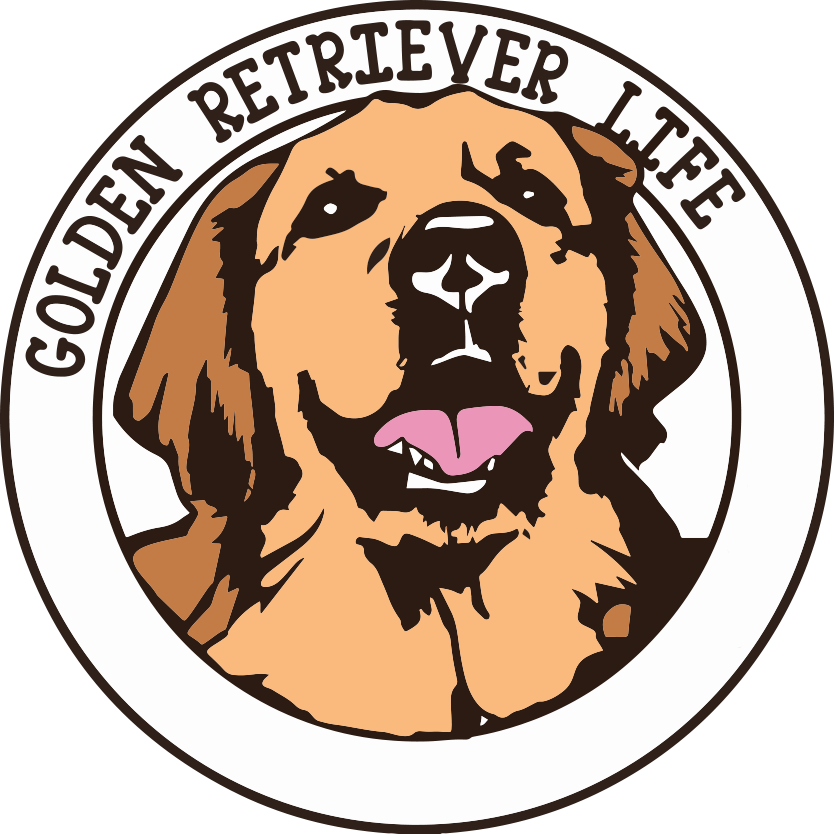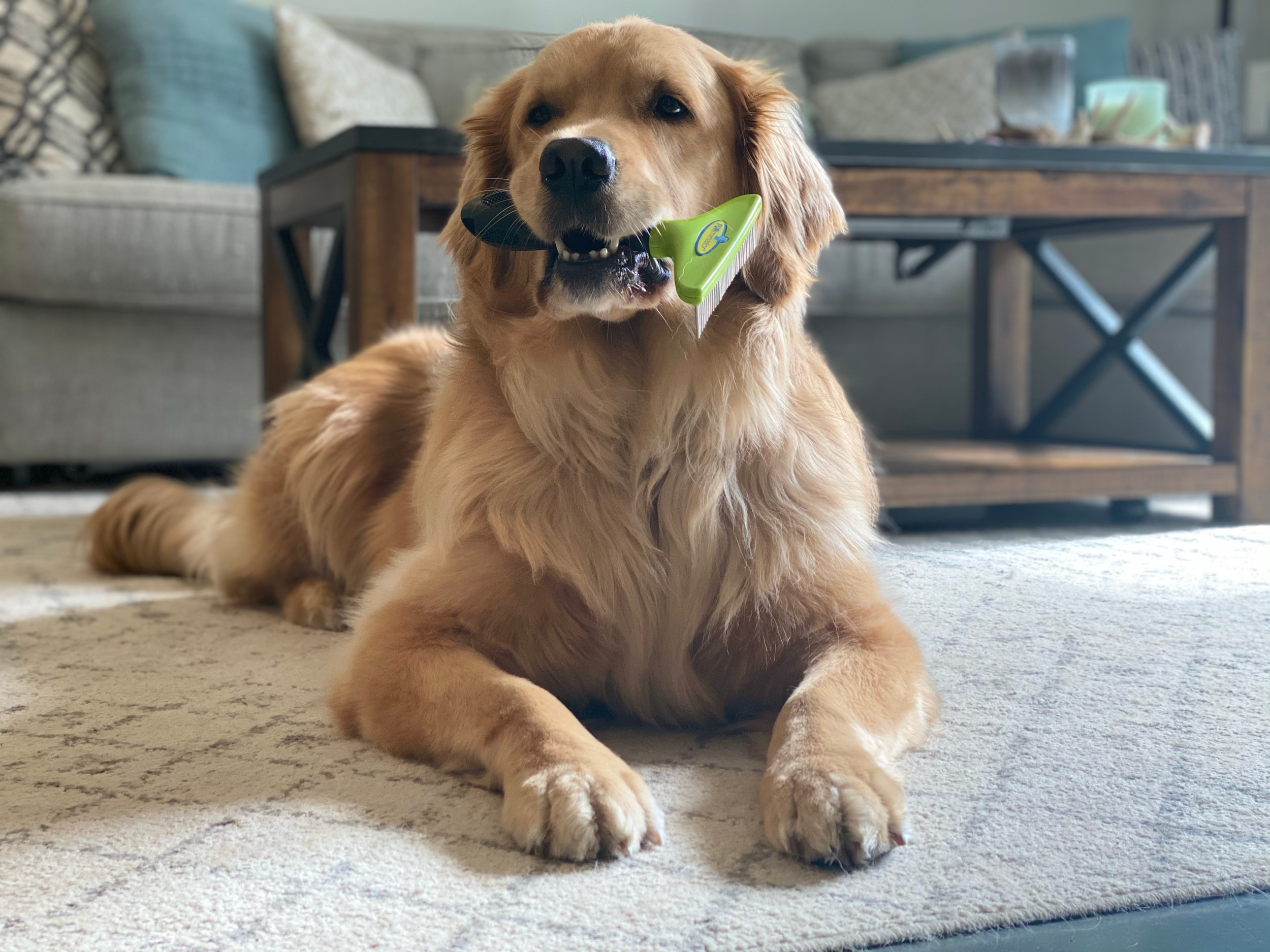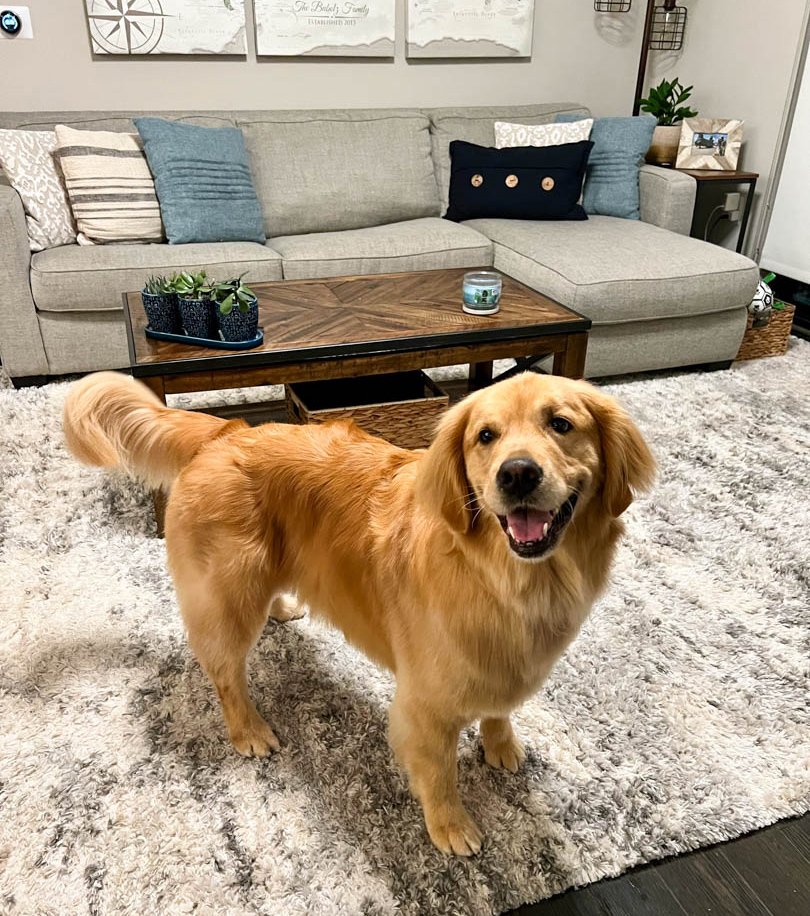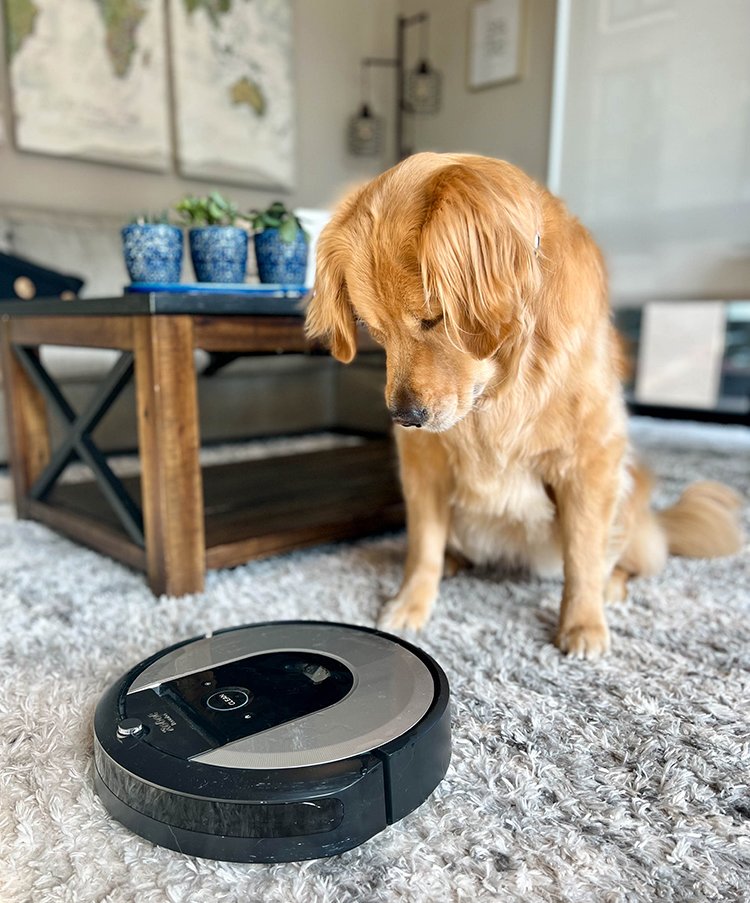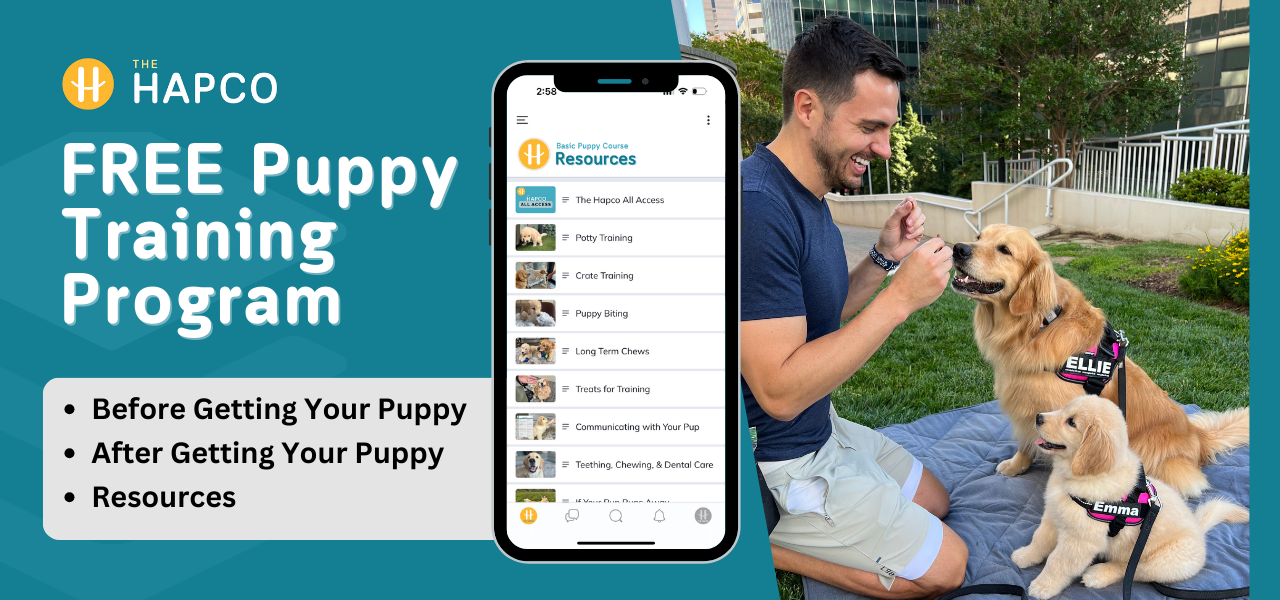Reduce Shedding, Keep Your Home Clean: Tips for Pet Owners
If you own a dog you know one thing, that is their hair gets everywhere. And if you have a Golden Retriever, then I send you my deepest sympathies.
Trying to keep your house clean and free from dog hair is somewhat of a challenge. But lucky for you, there are a few tricks whether it be dog grooming or some other form of hair management, that can help you a great deal in overcoming this frustrating situation.
If you found this blog helpful, you'll definitely want to explore our app for even more valuable insights and tips!
This app is a wealth of information, including what to know before getting a puppy, four-weeks of training material to build a solid foundation plus helpful resources. We offer all of this information for FREE in order to help other pet parents on their training journey.
Let’s understand some of the reasons why dogs shed.
Why do dogs shed
Shedding year-round
It is a known fact that all mammals with hair shed regularly. This is due to the natural life cycle of every hair shaft with follicles.
Dog hair-fall depends primarily on breed, age, hormones, climate, and the overall health of your dog. These factors also contribute to the length of the hair, though genetics is the dominating factor.
Dog breeds like Labradors and Golden Retrievers have a shorter hair shaft lifespan and more ample undercoats, resulting in greater shedding.
The shedding season
Dogs typically shed most during spring and fall. Seasonal shedding happens as a consequence of temperature change. This process is called "blowing coat."
During warm weather, dogs shed their winter undercoats to make way for a much lighter summer coat. Then, when the climate gets cooler, dogs shed their lighter undercoats and grow thicker, warmer coats for winter.
Dogs like Newfoundlands have heavy, thick undercoats that make shedding much more visible.
Some other reasons for shedding
Your dog’s health can also be a factor in hair fall. So, it is critical to take note of any excessive dog shedding.
Some health reasons for dog hair loss are skin issues, endocrine disorders, nutritional or vitamin deficiencies, and other metabolic diseases.
It is imperative to contact your vet if the rate of shedding seems unusual depending upon the breed of your dog.
Ellie after a fresh groom
How to reduce shedding
You can’t stop your dog from shedding, but you can take some steps to make the shedding more manageable.
Regular grooming
You should make dog grooming a regular part of your pooch’s coat care routine.
Brush your dog regularly, utilizing brushes and combs designed for their coat type. On short-haired dogs use a comb brush, while a rake brush is ideal for dogs with longer coats.
If you are someone like me who brushes your dog regularly and still finds hair everywhere, then I recommend a professional dog groomer. Ellie goes to a groomer every 3 to 4 months.
Regular bathing
Bathing your dog not only eliminates that bothersome doggy odor but also removes loose fur as well.
Different dog bathing products are formulated to help decrease shedding. Always use a shampoo and conditioner designed specifically for dogs. I use Vet’s Best Allergy Itch Relief Dog Shampoo because it helps with Ellie’s sensitive skin.
Exercise your dog regularly
Regular walks or playtime can decrease the amount of hair falling inside the house as they will be shedding some hair outside.
As most dog coats go through major shedding during the spring and summer, you can let your furry friend shed most of their unwanted hair when you take them to the park.
Regular vet appointments
While healthy dogs shed normally, excessive shedding could be a symptom of an allergy or some other health issue. So, getting your dog checked by a vet can rule out the possibility of any other underlying condition.
Vets can also guide you on what kind of diet to feed your dog that can keep the coat healthy and reduce shedding.
How to keep your home clean
Observing dog hair all over the house is a norm for dog owners. Here are some tips that will help you keep your house fur-free.
Collecting loose dog hair
There are a lot of tools such as lint brushes that will help you greatly when you need to remove dog hair.
A simple pair of rubber gloves can remove hair from furniture. Sweep them over the upholstery and watch fur ball up, which you can then vacuum up or throw away.
Vacuuming daily
Vacuuming daily is one of the best ways to prevent dog hair from building up. A standard vacuum works but you may want to invest in an automatic vacuum to help manage all the dog hair daily. I use the iRobot Roomba i6+.
This vacuum has smart mapping, pairs to your phone, and empties itself.
Also remember to vacuum where fur balls build up and hide, such as under the beds and around table legs. Vacuuming also decreases the doggy odor from becoming too strong around your home.
Mop floors regularly
Mop or sweep your hardwood floors regularly before fur build-up. Search for a pet hair removal broom with soft and scratch-proof rubber bristles. These not only sweep hair from hard surfaces but can be used over carpets as well.
Dusting
Dog owners will observe hair on tables and shelves. Dust these areas regularly to remove hair. Clean kitchen and bathroom counters with a damp cloth to collect excessive fur.
Designated sleeping areas for dogs
Giving your dog their own bed will reduce the problem of dog hair on bedding and furniture. If you still can’t manage to keep them off specific areas, then covering beds and chairs with sheets will guard the furniture against getting coated.
Recommendations
If you found this information helpful, you'll definitely want to explore our app for even more valuable insights and tips! This link will offer you a FREE trial.
An updated list of all the products I use to manage pet hair can be found in my Amazon store.
Need training tips for your puppy?
We created an app for you! Join us today for free! 🙂
